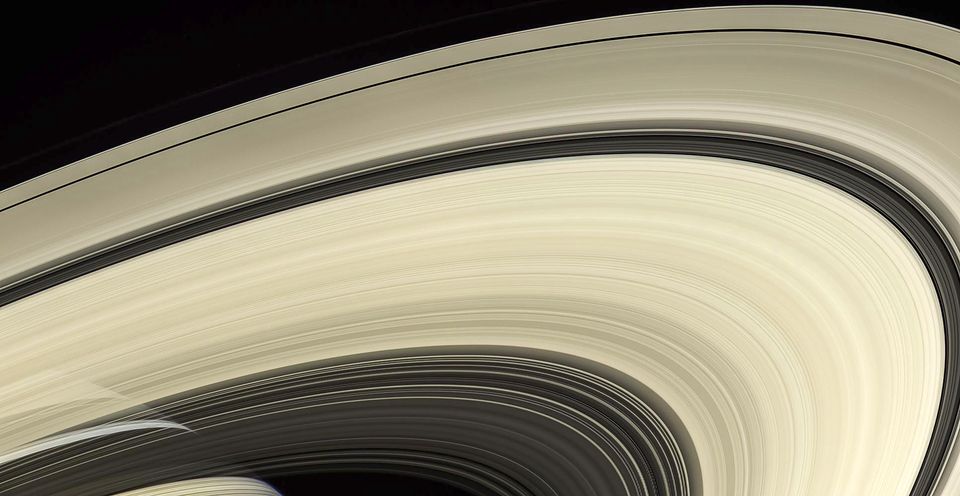New research suggests that Saturn’s rings may be older than they look, possibly as old as the planet.
Instead of being a youthful 400 million years old as commonly thought, the icy, shimmering rings could be about 4.5 billion years old just like Saturn, a Japanese-led team reported Monday.
The scientists surmise Saturn’s rings may be pristine not because they are young but because they are dirt-resistant.
Saturn’s rings are long thought to be between 100 million and 400 million years old, based on more than a decade of observations by Nasa’s Cassini spacecraft before its demise in 2017.
Part of the rings of the planet Saturn, as seen from the Cassini spacecraft (Nasa/JPL-Caltech/Space Science Institute/AP)
Images by Cassini showed no evidence of any darkening of the rings by impacting micrometeoroids – space rock particles smaller than a grain of sand – prompting scientists to conclude the rings formed long after the planet.
Through computer modelling, the Institute of Science Tokyo’s Ryuki Hyodo and his team demonstrated that micrometeoroids vaporise once they hit the rings, with little if any dark and dirty residue left behind.
They found that the resulting charged particles get sucked towards Saturn or out into space, keeping the rings spotless and challenging the baby rings theory.
Their results appear in the journal Nature Geoscience.
Mr Hyodo said it is possible Saturn’s rings could be somewhere between the two extreme ages, about the halfway mark of 2.25 billion years old.
But the solar system was much more chaotic during its formative years, with large planetary-type objects migrating and interacting all over the place, just the sort of scenario that would be conducive to producing Saturn’s rings.
“Considering the solar system’s evolutionary history, it’s more likely that the rings formed closer to” Saturn’s earliest times, he said.
